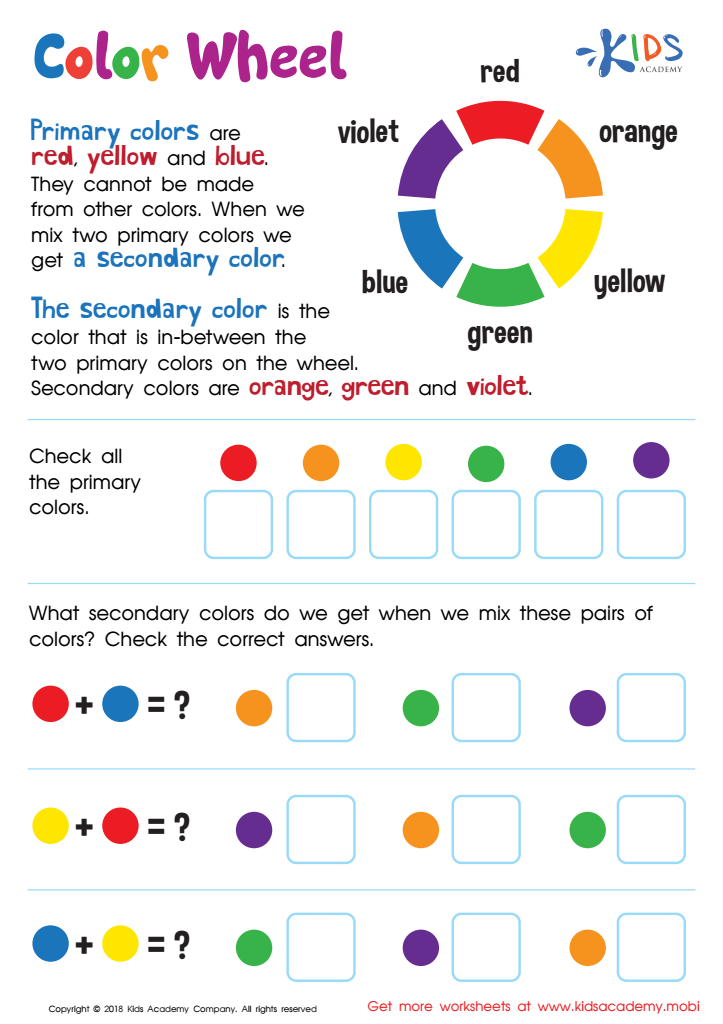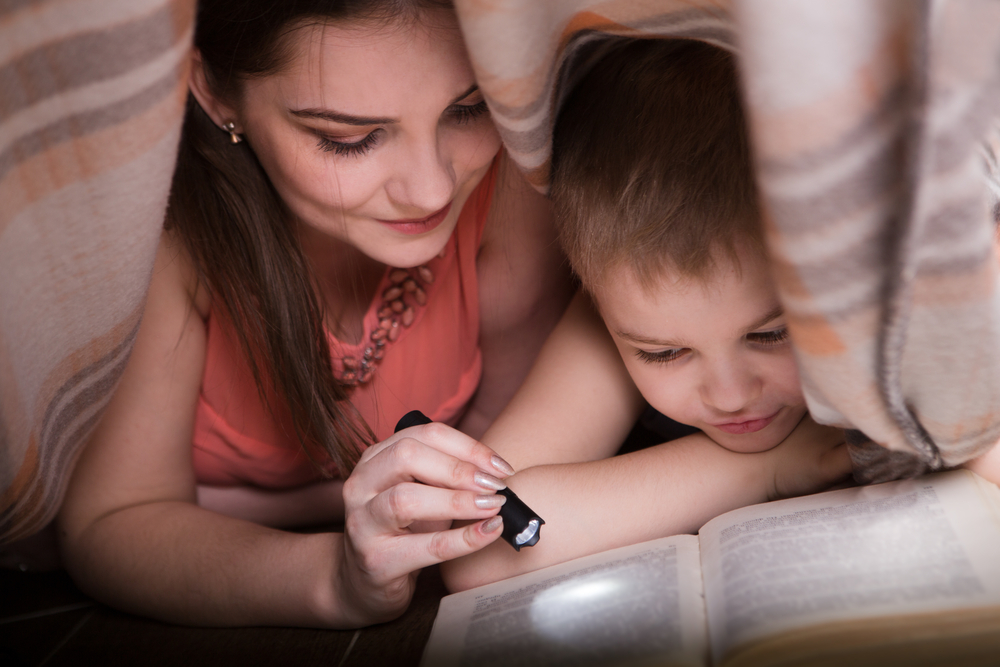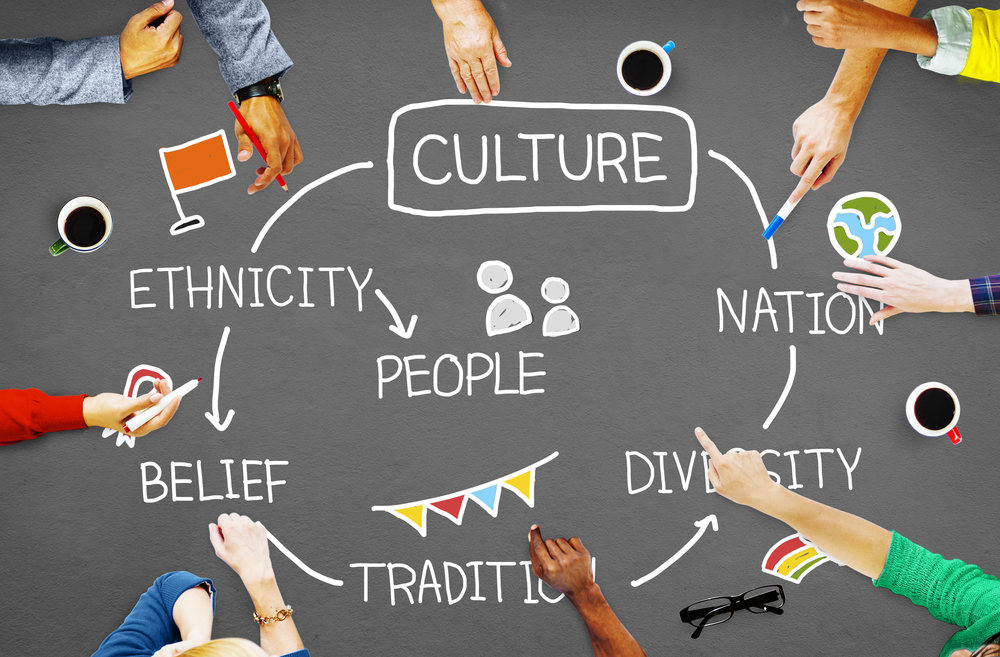Understanding primary colors Worksheets for Kids
1 filtered results
-
From - To


Primary and Secondary Colors Worksheet
Question/Answer
What are some effective activities to train students’ Understanding primary colors skill when teaching them about Physical Science?
Effective activities to train students in understanding primary colors in Physical Science include mixing paint to observe color combinations, using colored lights for additive color mixing demonstrations, and creating color wheels to visually summarize how primary colors mix to form secondary colors.
How to train the Understanding primary colors skill in Grade 3 students learning about Physical Science?
To train Grade 3 students in understanding primary colors, engage them in hands-on activities such as mixing red, yellow, and blue paints to create secondary colors. Use visual aids, like color wheels, to illustrate relationships between colors. Interactive games and experiments that involve color blending can reinforce the concept, making the learning experience fun and memorable.
Why is the Understanding primary colors skill important for Grade 3 students?
Understanding primary colors is important for Grade 3 students as it lays the foundation for their knowledge in art and science. It helps develop their ability to recognize, mix colors, enhance creativity, and understand how colors influence each other and perception. This skill also aids in their cognitive development, improving observation and analytical skills.
 Assign to the classroom
Assign to the classroom












